- With standard equipment
- With safety pack
Find more information in the General Comments section of the assessment
Find more information in the Rating Validity tab of the assessment
- See More
- See More
- See More
- See More
- Good
- Adequate
- Marginal
- Weak
- Poor
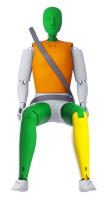 Passenger
Passenger
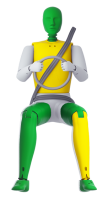 Driver
Driver
 Rear Passenger
Rear Passenger
 Driver
Driver
 Car
Car
 Pole
Pole
 Rear Seat
Rear Seat
 Front Seat
Front Seat
-
Approaching a stationary car: Left Offset
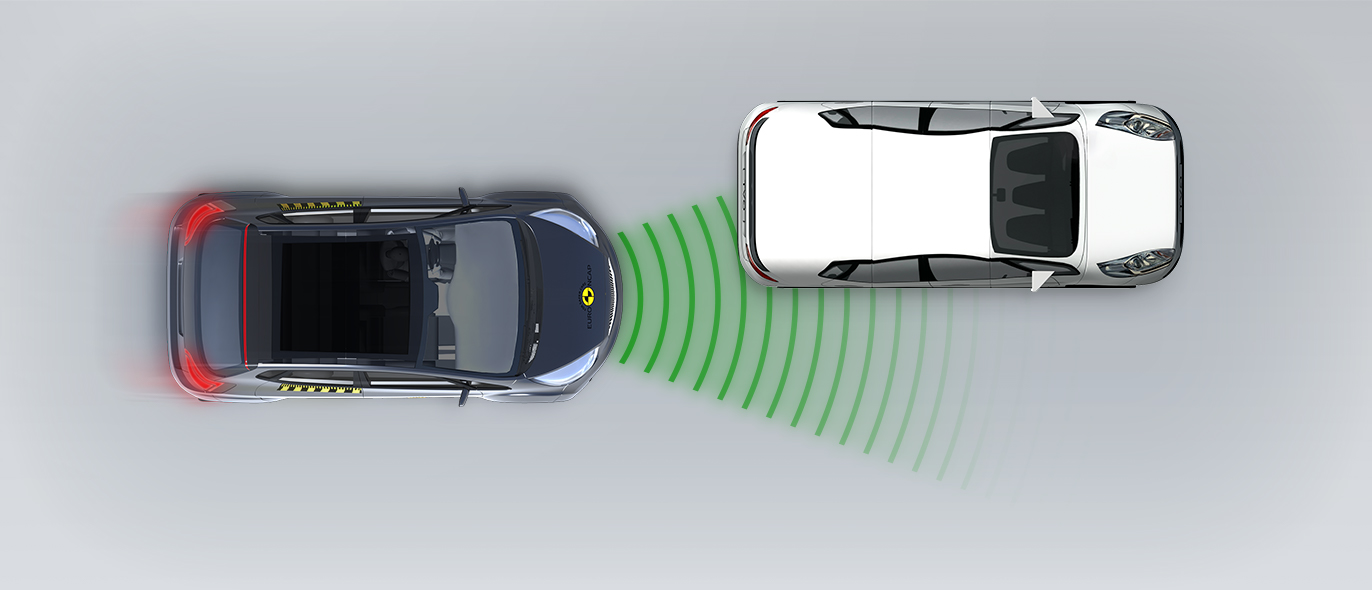
-
Approaching a stationary car: No Offset
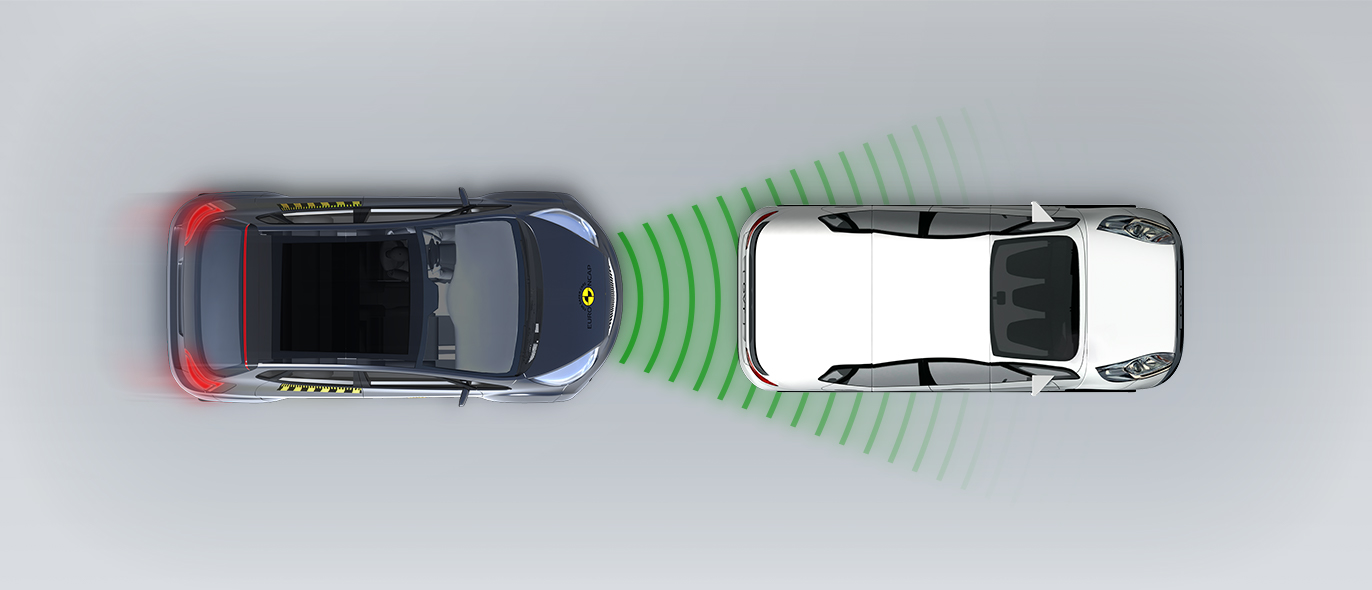
-
Approaching a stationary car: Right Offset
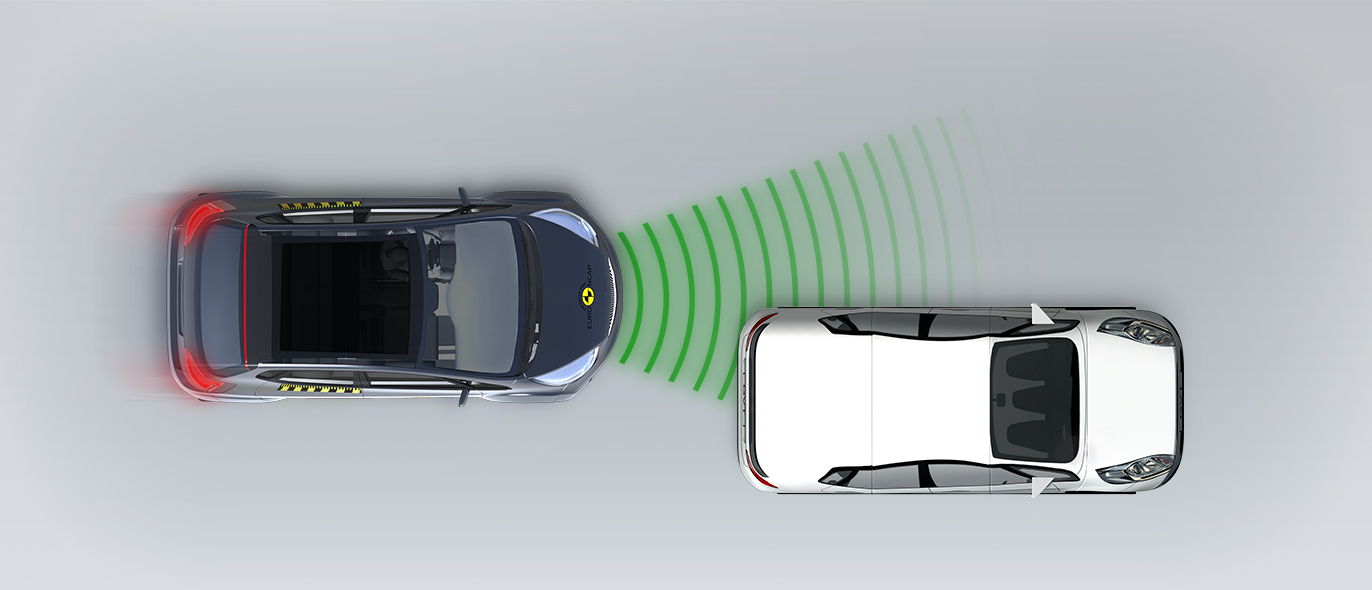
- Good
- Adequate
- Marginal
- Weak
- Poor
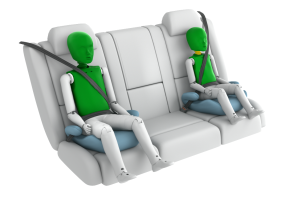
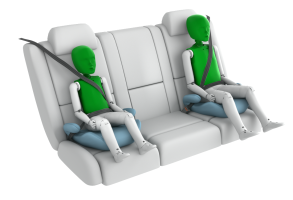
Passenger
outboard
center
outboard *
Fitted to the vehicle as standard
Not fitted to the test vehicle but available as option
Not Available
-
i-Size CRS
-
ISOFIX CRS
-
Universal Belted CRS
Easy
Difficult
Safety critical
Not allowed
| Seat Position | ||||||
|---|---|---|---|---|---|---|
| Front | 2nd row | 3rd row | ||||
| Passenger | Left | center | Right | Left | Right | |
| Maxi Cosi 2way Pearl & 2wayFix (rearward) (iSize) | ||||||
| Maxi Cosi 2way Pearl & 2wayFix (forward) (iSize) | ||||||
| BeSafe iZi Kid X2 i-Size (iSize) | ||||||
| Maxi Cosi Cabriofix & FamilyFix (ISOFIX) | ||||||
| BeSafe iZi Kid X4 ISOfix (ISOFIX) | ||||||
| Britax Römer Duo Plus (ISOFIX) | ||||||
| Britax Römer KidFix XP (ISOFIX) | ||||||
| Maxi Cosi Cabriofix (Belt) | ||||||
| Maxi Cosi Cabriofix & EasyBase2 (Belt) | ||||||
| Britax Römer King II LS (Belt) | ||||||
| Britax Römer KidFix XP (Belt) | ||||||
Easy
Difficult
Safety critical
Not allowed
With the exception of the neck of the 6 year dummy, protection of which was adequate, dummy results in both the frontal offset and the side barrier impacts showed good protection for all critical body areas for the 6 and 10 year children. The front passenger airbag can be deactivated to allow a rearward-facing child restraint to be used in that seating position. Clear information is provided to the driver regarding the status of the airbag and the system was rewarded. All of the restraint types for which the vehicle is designed could be properly installed and accommodated in the car. However, ISOFIX/i-Size anchorages are optional in the second-row centre seating position in some countries and buyers should ensure they order these if they are needed. The optional third row seats are not suitable for child restraints.
- Good
- Adequate
- Marginal
- Weak
- Poor

Head Impact 12.7 Pts
Pelvis Impact 6.0 Pts
Leg Impact 6.0 Pts
| System Name | Forward Collision Alert and Automatic Emergency Braking with Pedestrian Detection | ||
| Type | Auto-Brake with Forward Collision Warning | ||
| Operational From | 10 km/h | ||
| PERFORMANCE | | |||
The protection provided to the head of a struck pedestrian was predominantly adequate or marginal, with poor results recorded along the base of the windscreen and on the stiff windscreen pillars. The bumper provided good protection to pedestrians' legs and protection of the pelvis was also good at all test locations. The AEB system performed well in some tests of its reaction to pedestrians but its performance overall was rated as marginal. The system does not respond to faster-moving road-users like cyclists.
- Good
- Adequate
- Marginal
- Weak
- Poor
| System Name | Speed Sign Recognition & Cruise Control |
| Speed Limit Information Function | Camera based |
| Speed Control Function | System advised (accurate to 5km/h) |
| Applies To | Not available | ||
| Warning | Driver Seat | Front Passenger(s) | Rear Passenger(s) |
| Visual | |||
| Audible | |||
| Occupant Detection | |||
|
|||
| System Name | Lane Keep Assist with Lane Departure Warning |
| Type | LKA and ELK |
| Operational From | 60 km/h |
| Performance | |
| Emergency Lane Keeping | |
| Lane Keep Assist | |
| Human Machine Interface | |
| System Name | Forward Collision Alert and Automatic Emergency Braking with Pedestrian Detection | |||
| Type | Autonomous Emergency Braking and Forward Collision Warning | |||
| Operational From | 5 km/h | |||
The AEB system gave marginal performance when tested at highway speeds. The Combo has a seatbelt reminder for the front and rear seats but not for the optional third-row seats. A speed assistance system is also standard and informs the driver of the local speed limit, allowing the driver to set the limiter appropriately. A lane keeping assist system helps prevent inadvertent drifting out of lane, and also intervenes in some more critical emergency situations.
- Specifications
- Safety Equipment
- Videos
- Rating Validity
Specifications
Tested Model Peugeot Rifter BlueHDi 100 Allure, LHD
Body Type - 5 door MPV
Year Of Publication 2018
Kerb Weight 1510kg
VIN From Which Rating Applies - all Combos including Combo-e Life
Class Small MPV
Safety Equipment
Note: Other equipment may be available on the vehicle but was not considered in the test year.
Fitted to the vehicle as standard
Fitted to the vehicle as part of the safety pack
Not fitted to the test vehicle but available as option or as part of the safety pack
Not available
Not applicable
Videos
Rating Validity



Find more information in the General Comments section of the assessment
The rating of the Opel/Vauxhall Combo is based on tests done on the Peugeot Rifter, with which it is identical apart from some visual features which affect only pedestrian impact test performance. Data reviewed by Euro NCAP demonstrates that the results of all tests performed on the Rifter are valid also for Combo.
 Share
Share
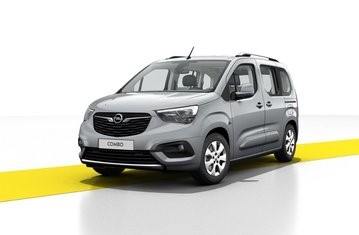
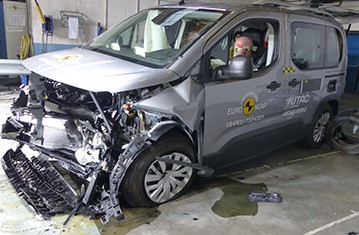
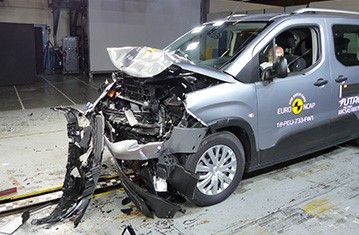

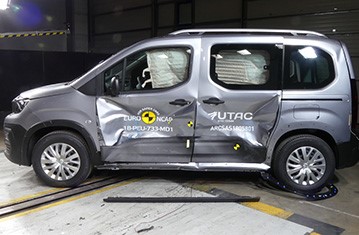
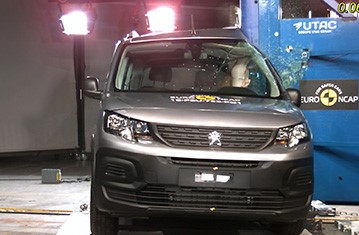








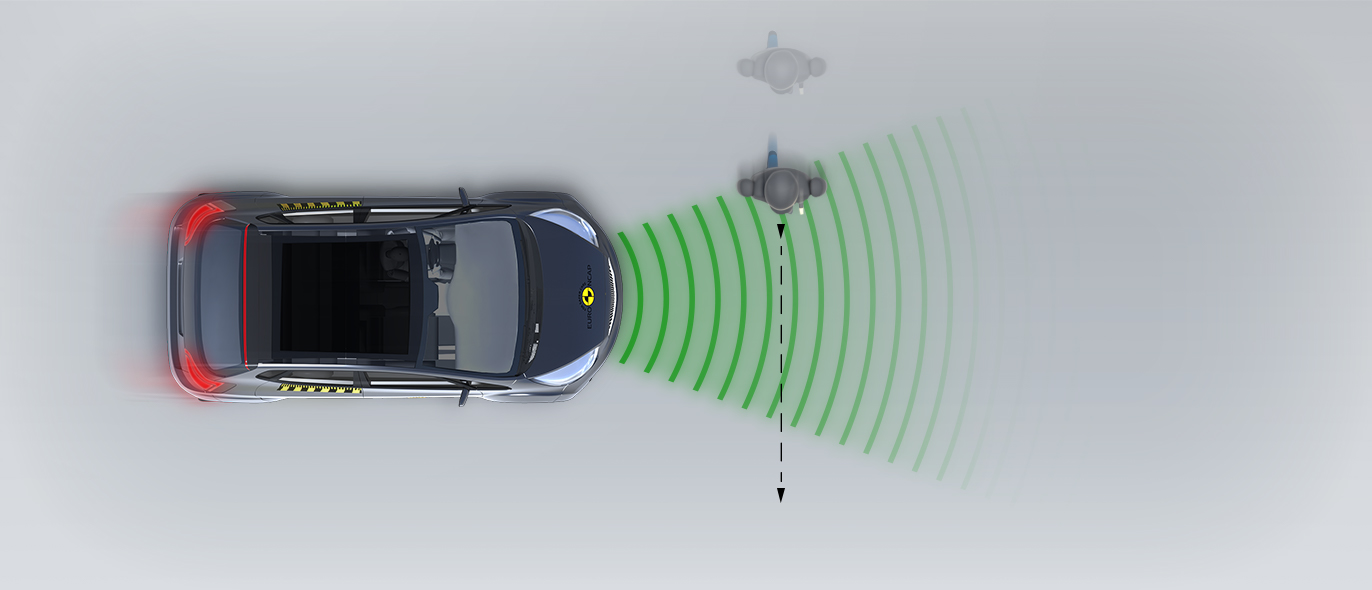
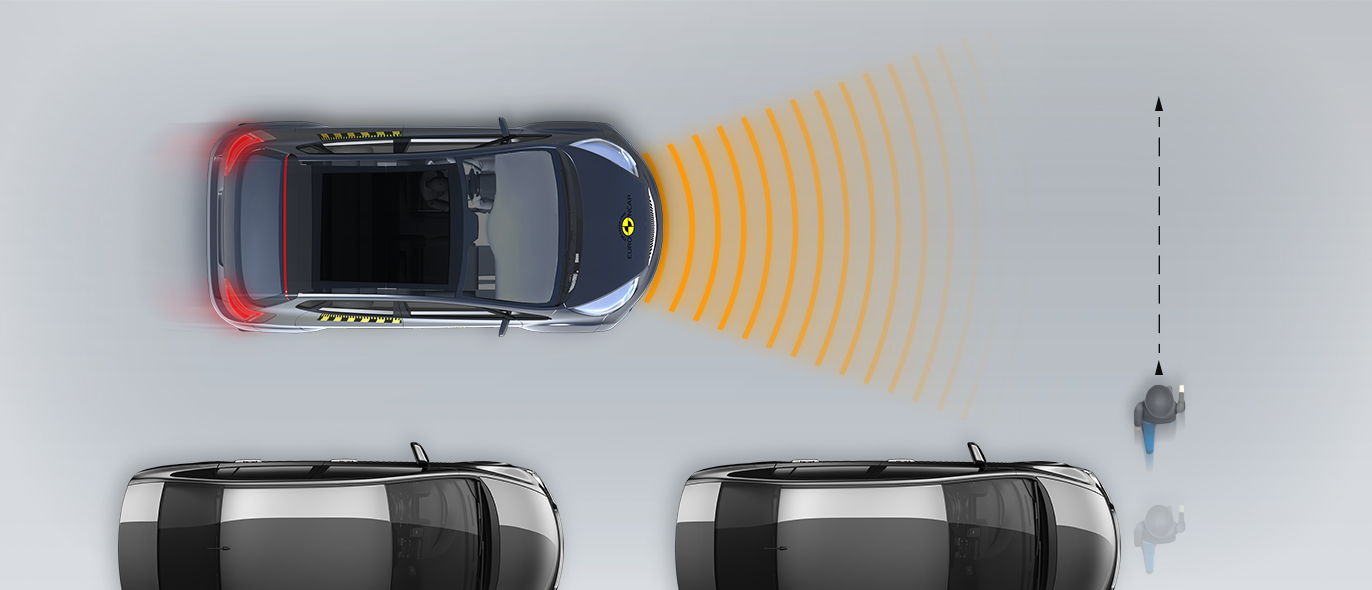
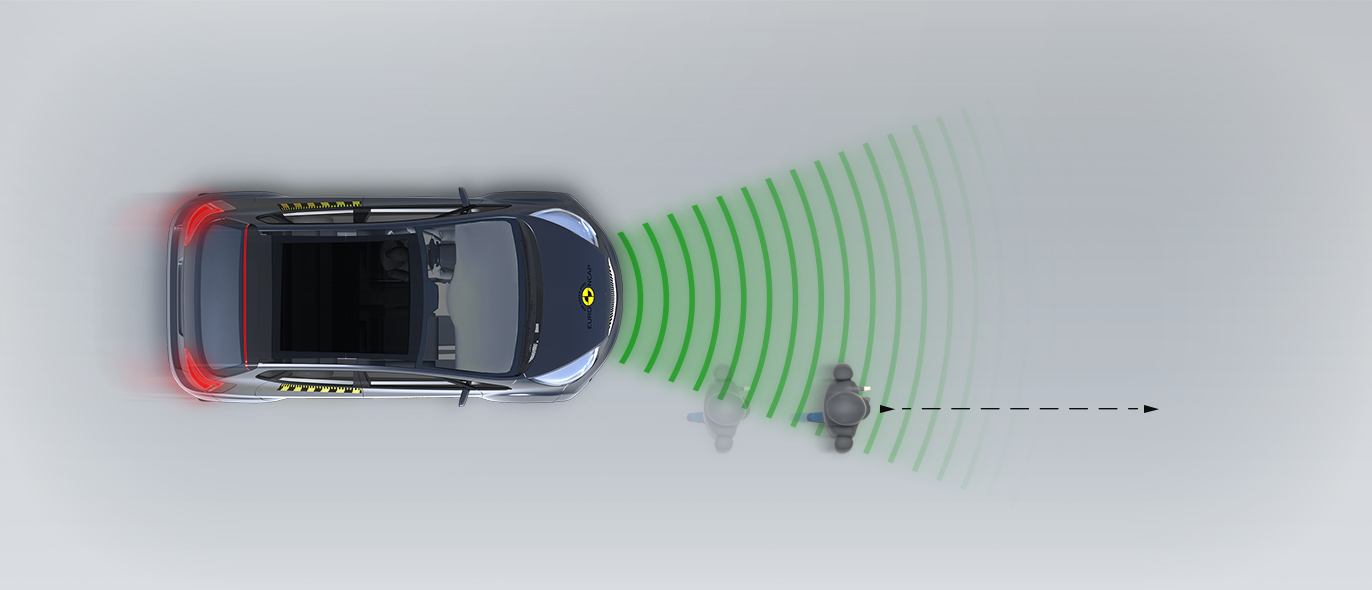
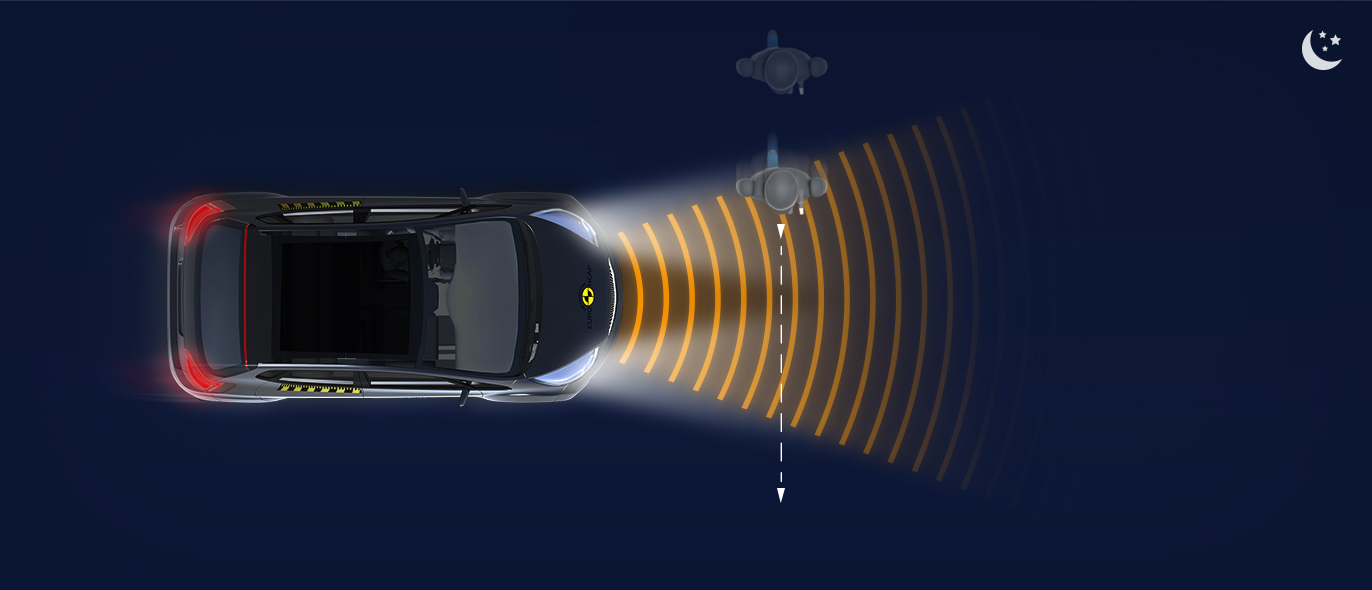
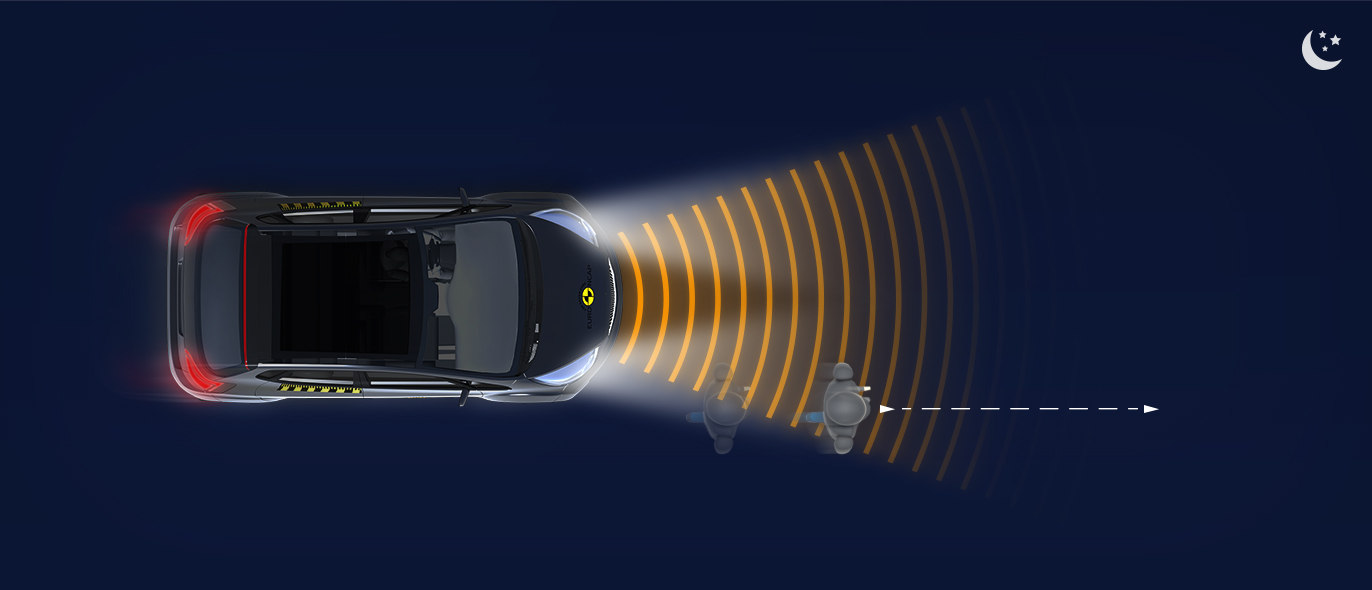
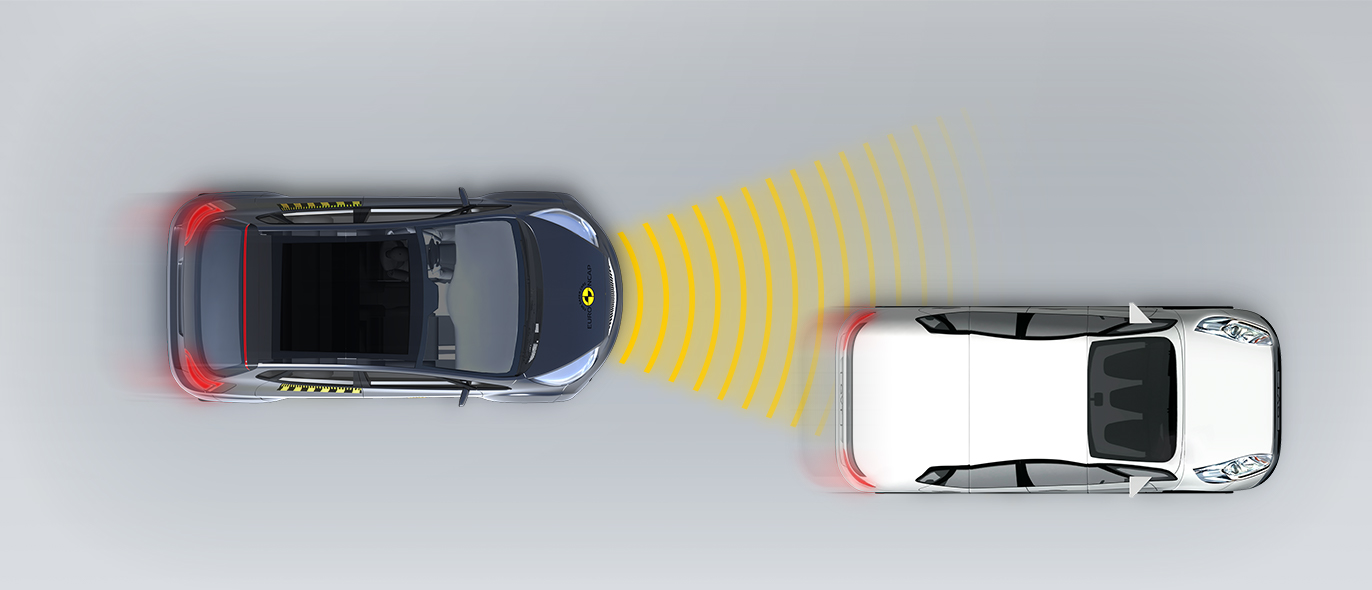
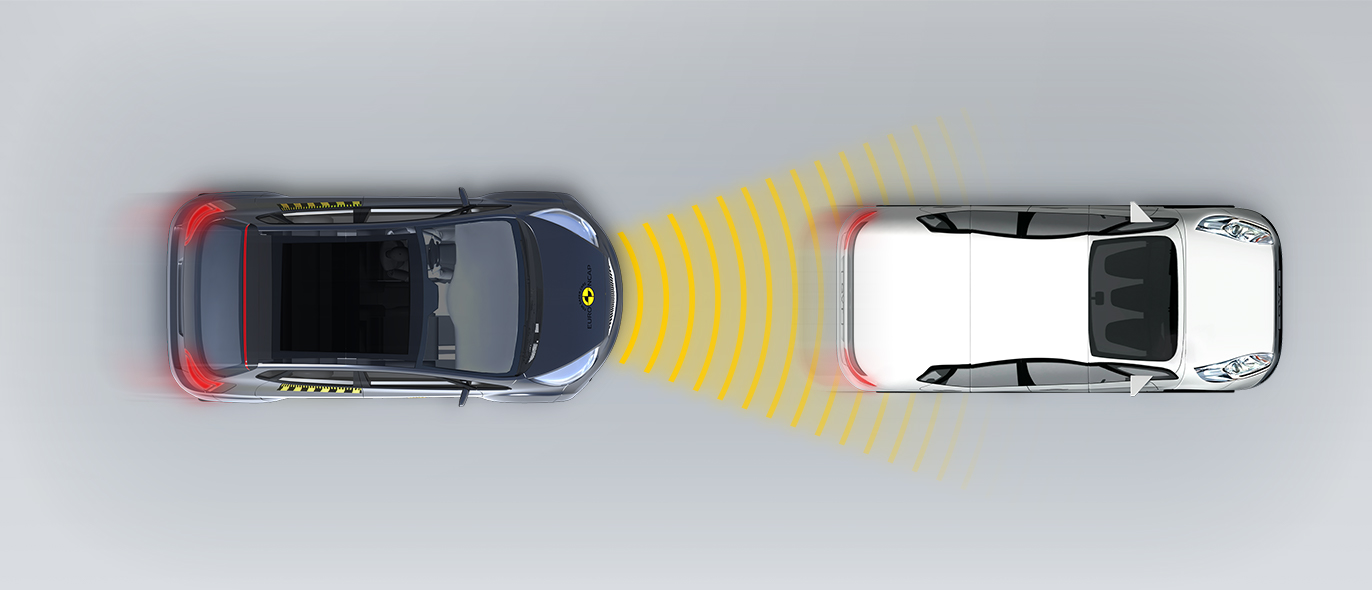
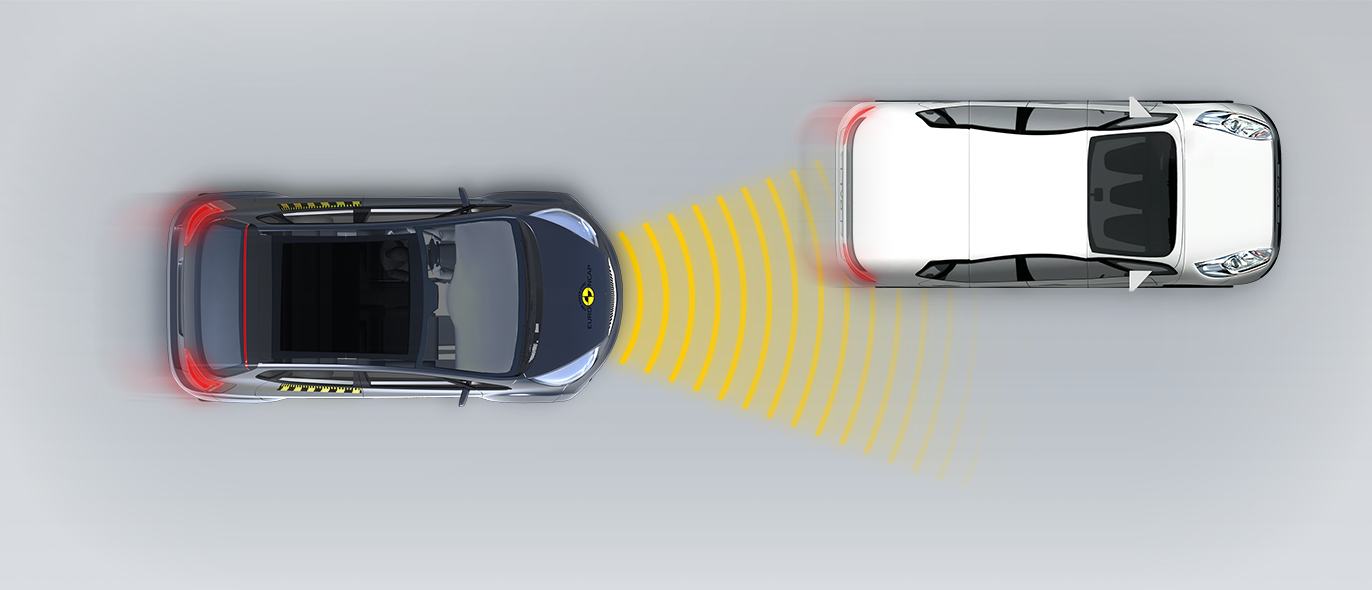
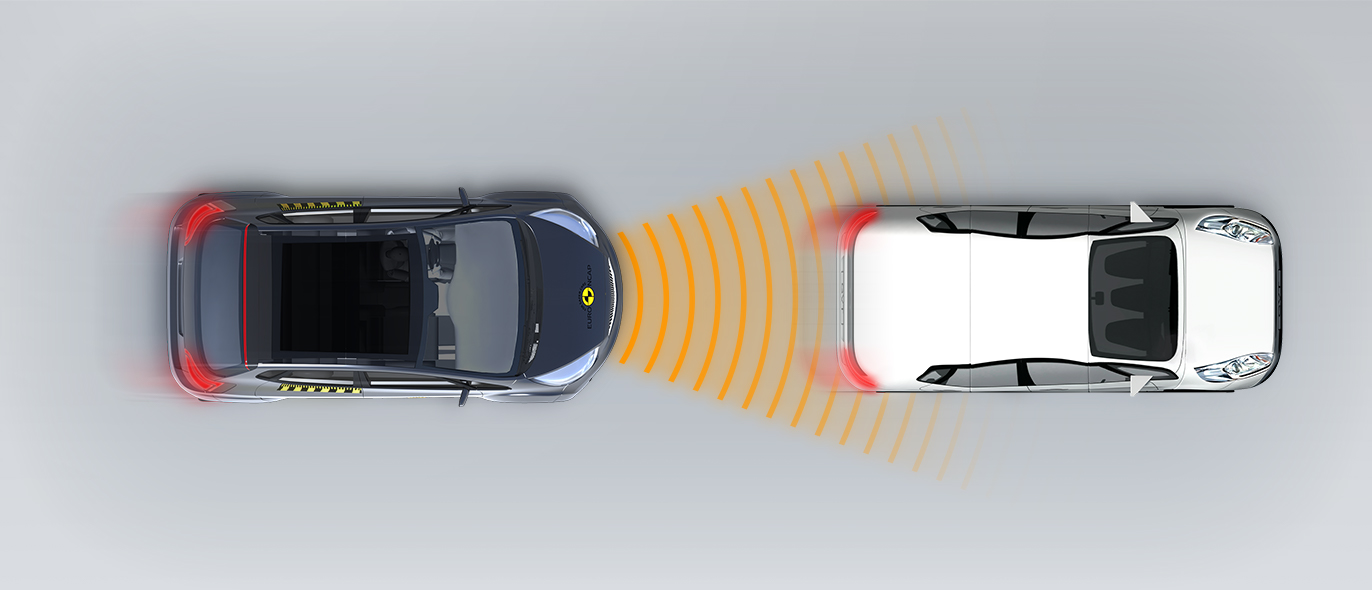
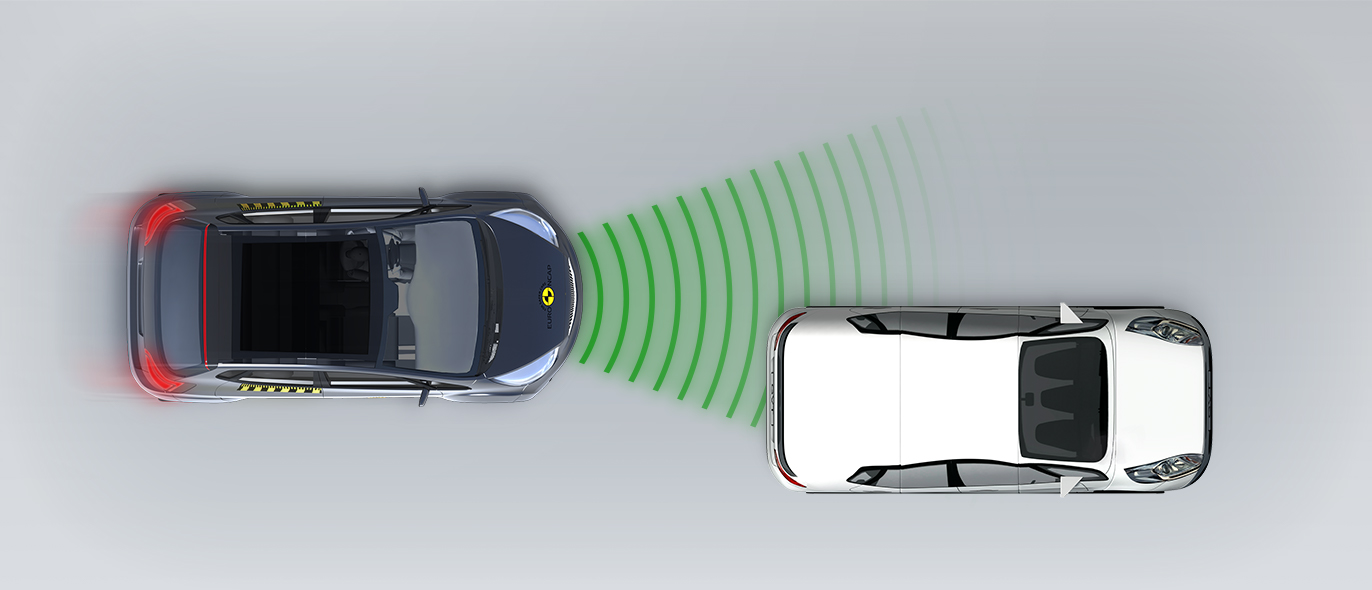
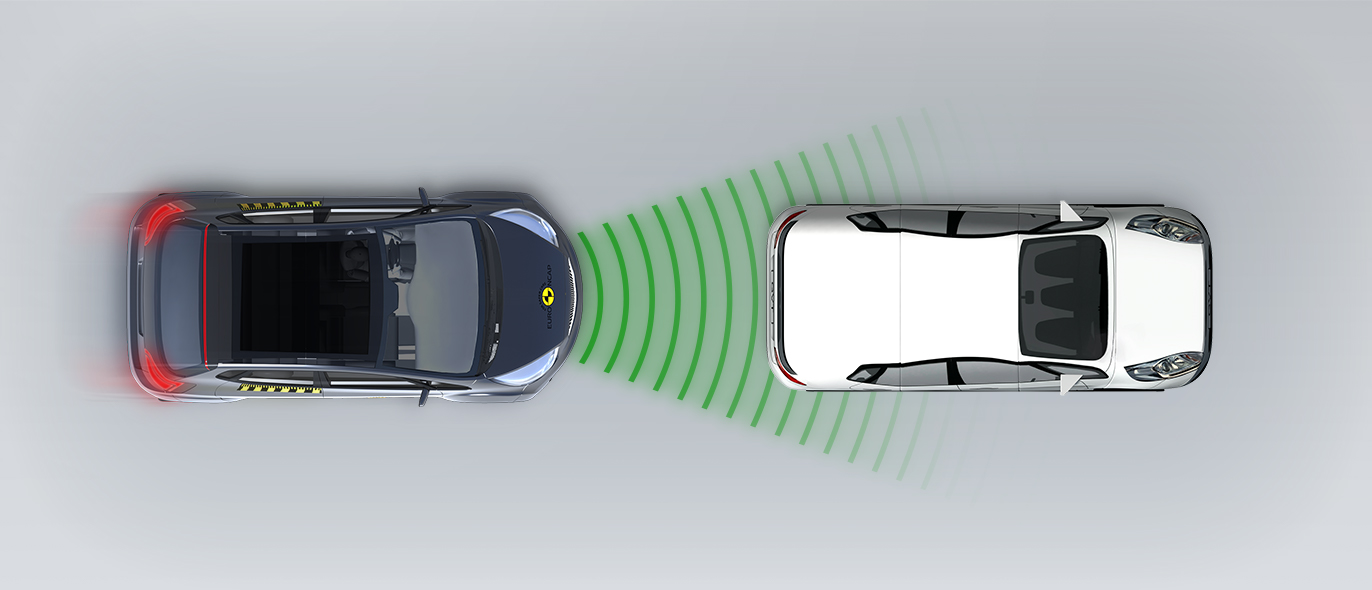
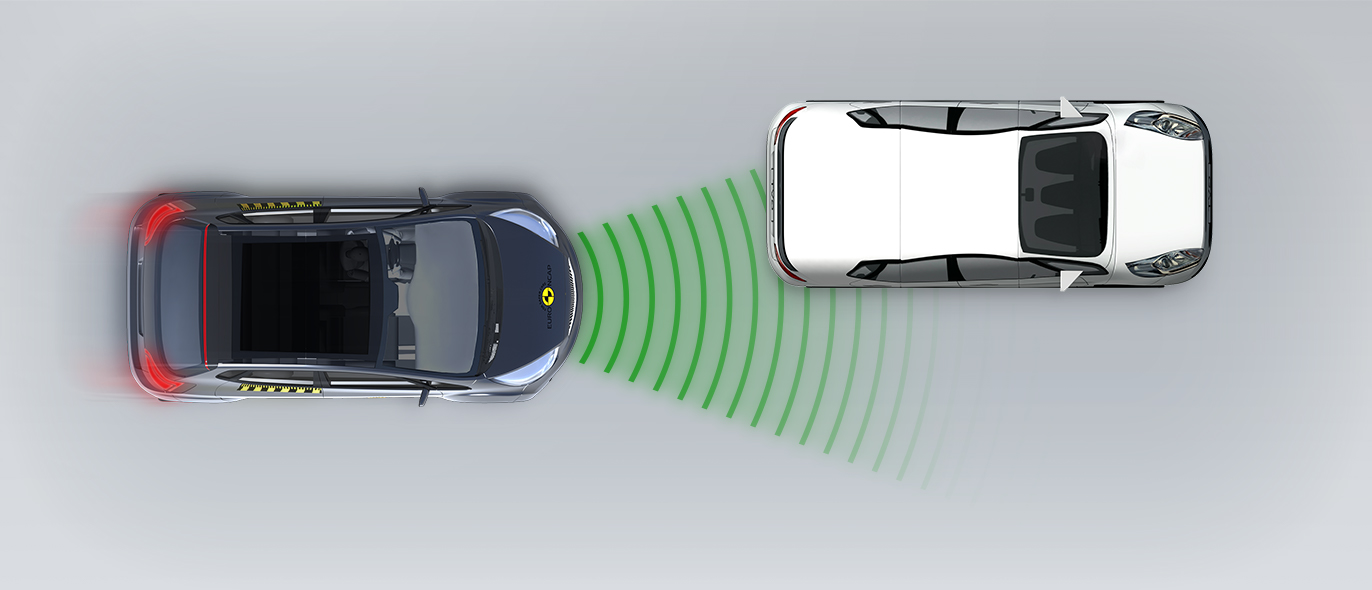


The passenger compartment remained stable in the frontal offset test. Dummy readings showed good protection for the knees and femurs of both the driver and passenger. It was demonstrated that a similar level of protection would be provided to occupants of different sizes and to those sitting in different positions. In the full-width rigid barrier test, protection of the driver dummy was marginal for the chest and neck and good for other critical body areas. Protection of the rear passenger was good or adequate. In the side barrier test, protection of all critical body areas was good and the car scored maximum points. Even in the more severe side pole impact, protection of the chest was adequate and that of other critical body areas was good. Tests on the front seats and head restraints demonstrated good protection against whiplash injury in the event of a rear-end collision. A geometric assessment of the rear seats also indicated good whiplash protection. The standard-fit autonomous emergency braking (AEB) system performed well in tests of its functionality at the low speeds, typical of city driving, at which many whiplash injuries are caused.